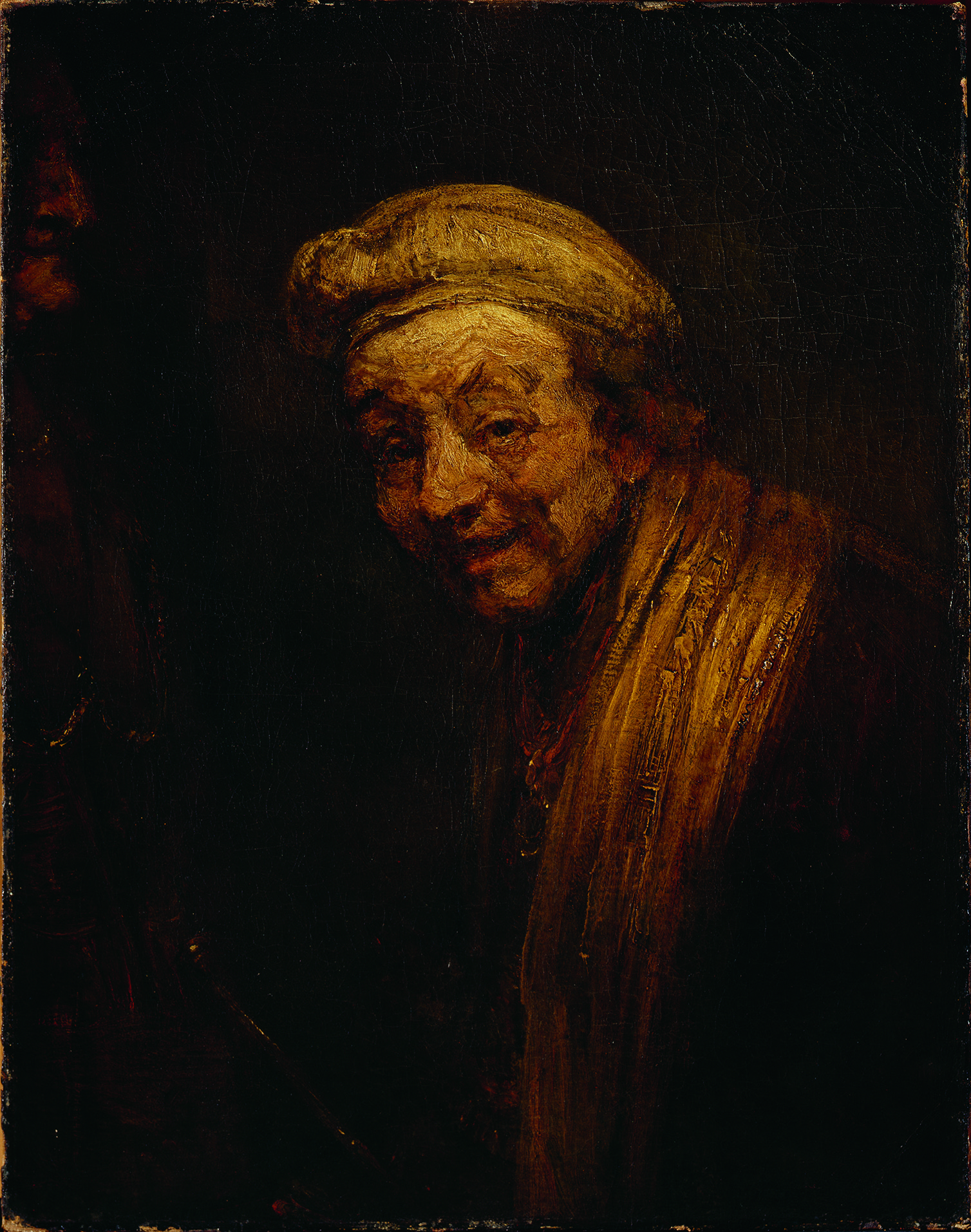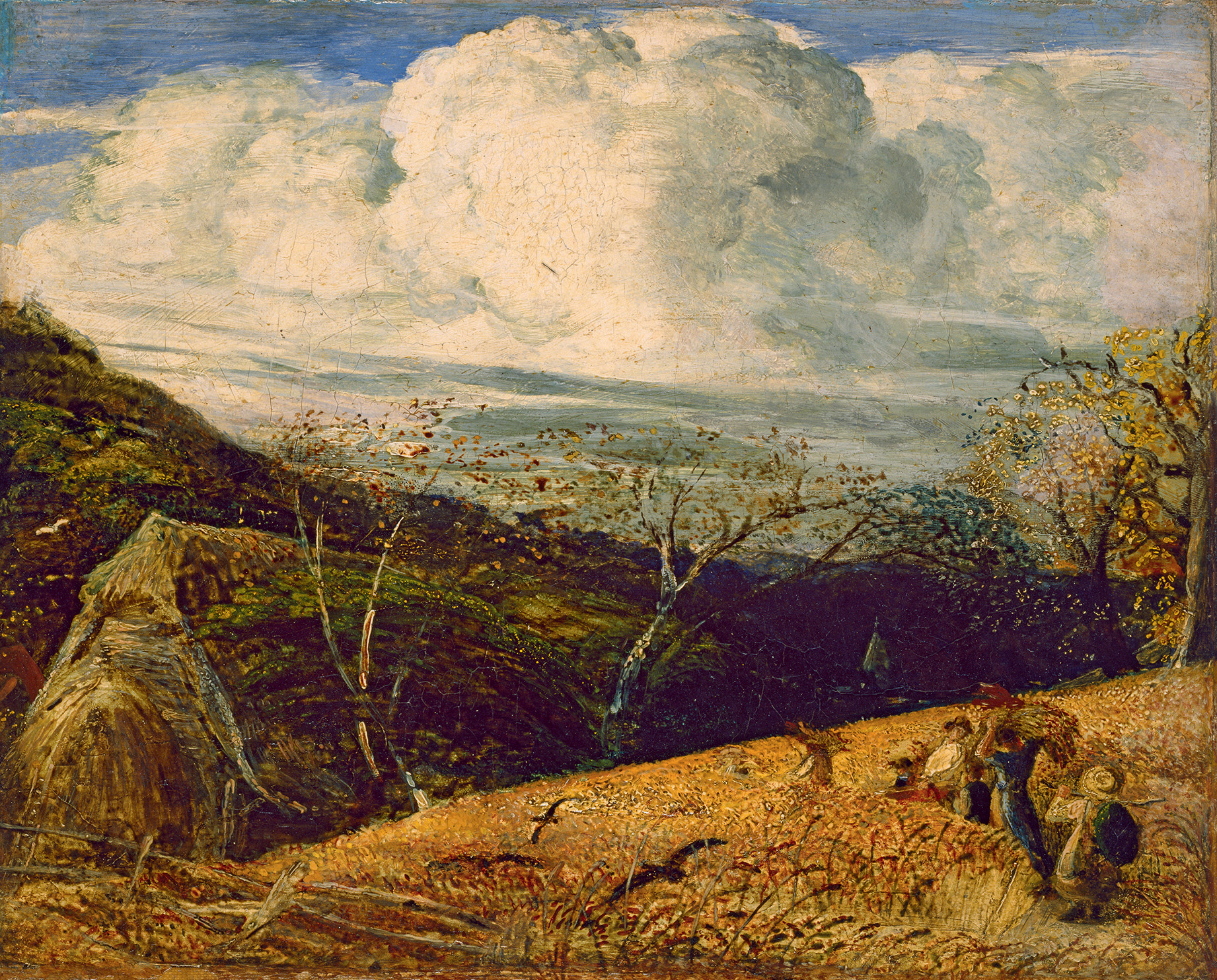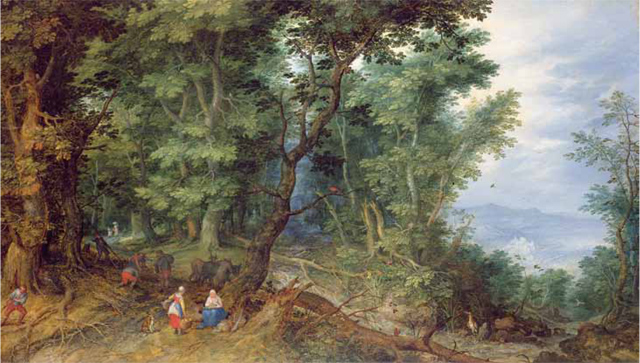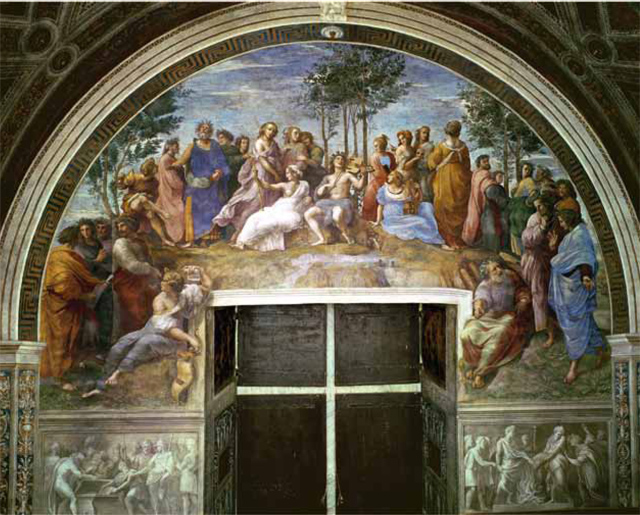My Favourite Painting: Maggi Hambling
Maggi Hambling chooses her favourite painting for Country Life.


Self-portrait as Zeuxis laughing, about 1662, by Rembrandt van Rijn (1606–69), 321⁄2in by 251⁄2in, Wallraf-Richartz-Museum, Cologne.
Maggi Hambling says: ‘When Rembrandt was 22, he painted a self-portrait (now in the Rijksmuseum), his face mysteriously half-veiled by shadow. Then, 34 years later, he painted this portrait of himself as Zeuxis, the Greek artist (late 5th century BC), who reputedly died from excessive laughing. Here, there is no veil. Every fold of flesh is on the move as Rembrandt laughs, both at himself and with the viewer. The moment is physically gouged from time by the life force and fluidity of the paint. I keep an aged postcard of this portrait on the wall beside me as I work. One can engage with a Rembrandt again and again and confront human truth exposed.’
Maggi Hambling is an artist. Her exhibition ‘Maggi Hambling: Walls of Water’ opens at the National Gallery, London WC2, today.
John McEwen comments: Rembrandt was famous enough to have his self-portraits bought in their own right by collectors, but their record number is partially explained by the Dutch fashion for ‘tronies’, head-and-shoulder portraits showing an exaggerated facial expression or a stock character in costume. Tronies could be used as samples for commissioning clients, but were usually sold as genre paintings on the open market.
This self-portrait is a tronie, but whether sold as such we do not know. It came after a rocky period in his life. bankruptcy had forced him to sell his possessions and Amsterdam mansion (now the Rembrandt House Museum), which also served as his studio, showroom and workshop. He rented a smaller house and, in 1660, his son Titus (1641–68)— by his wife, Saskia (1612–42)— and his mistress, Hendrickje Stoffels (about 1625/6–63), took legal control of his finances.
His fame survived, but the increasing freedom of his brushwork began to be criticised, some claiming his pictures were unfinished. Fashion also changed, with formal Classicism preferred to his robust realism.
The legend that Zeuxis died laughing when painting an old woman who wanted to look like Aphrodite, goddess of love, appealed to Rembrandt and his circle. One of his pupils wrote about it; another did a painting. Age-induced discoloration of Rembrandt’s thickly varnished version makes it difficult to see the cause of mirth: the portrait of the crone barely visible to the left. But perhaps Rembrandt, after all his misfortunes, was having the last laugh.
Sign up for the Country Life Newsletter
Exquisite houses, the beauty of Nature, and how to get the most from your life, straight to your inbox.
The picture was deemed too fragile to travel for the National Gallery’s historic ‘Rembrandt: the Late Works’ (until January 18, 2015).
This article was first published in Country Life, November 26, 2014
More from the My Favourite Painting series

My favourite painting: Simon Conway Morris
Simon Conway Morris chooses his favourite painting for Country Life.

My Favourite Painting: Adrian Lester
Adrian Lester chooses his favourite painting for Country Life.

My Favourite Painting: Dervla Murphy
Dervla Murphy chooses her favouite painting for Country Life.
Country Life is unlike any other magazine: the only glossy weekly on the newsstand and the only magazine that has been guest-edited by HRH The King not once, but twice. It is a celebration of modern rural life and all its diverse joys and pleasures — that was first published in Queen Victoria's Diamond Jubilee year. Our eclectic mixture of witty and informative content — from the most up-to-date property news and commentary and a coveted glimpse inside some of the UK's best houses and gardens, to gardening, the arts and interior design, written by experts in their field — still cannot be found in print or online, anywhere else.
-
 Hidden excellence in a £7.5 million north London home
Hidden excellence in a £7.5 million north London homeBehind the traditional façades of Provost Road, you will find something very special.
By James Fisher
-
 RHS Chelsea Flower Show: Everything you need to know, plus our top tips and tricks
RHS Chelsea Flower Show: Everything you need to know, plus our top tips and tricksCountry Life editors and contributor share their tips and tricks for making the most of Chelsea.
By Amie Elizabeth White
-
 My favourite painting: Allan Mallinson
My favourite painting: Allan MallinsonMilitary historian Allan Mallinson picks an image of 'faith, generosity and ultimate sacrifice'.
By Charlotte Mullins
-
 My Favourite Painting: Piet Oudolf
My Favourite Painting: Piet Oudolf'One cannot sense whether he is far out on the ocean or closer to shore, or what he may be watching or feeling in that moment as he stares towards the beach.’
By Country Life
-
 My Favourite Painting: Mary Plazas
My Favourite Painting: Mary Plazas'There is compassion, awe, humility, a knowing yet a questioning in the glistening eyes. It moves me, it inspires me beyond the need to know.’
By Country Life
-
 My favourite painting: Robert Kime
My favourite painting: Robert KimeRobert Kime shares his fondness for New Year Snow by Ravilious
By Country Life
-
 My Favourite Painting: Anna Pavord
My Favourite Painting: Anna PavordAnna Pavord chooses a picture which reminds her of where she grew up
By Country Life
-
 My favourite painting: The Duchess of Wellington
My favourite painting: The Duchess of WellingtonThe Duchess of Wellington chooses her favourite painting for Country Life.
By Country Life
-
 My favourite painting: Maureen Lipman
My favourite painting: Maureen LipmanMaureen Lipman chooses her favourite painting for Country Life.
By Country Life
-
 My favourite painting: Jacqueline Wilson
My favourite painting: Jacqueline Wilson'I looked at this painting and decided to write about a Victorian circus girl one day'
By Country Life